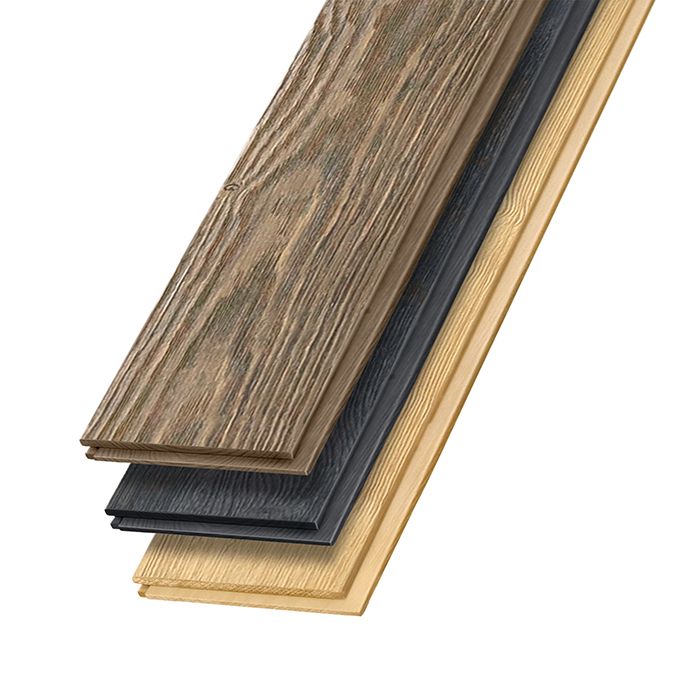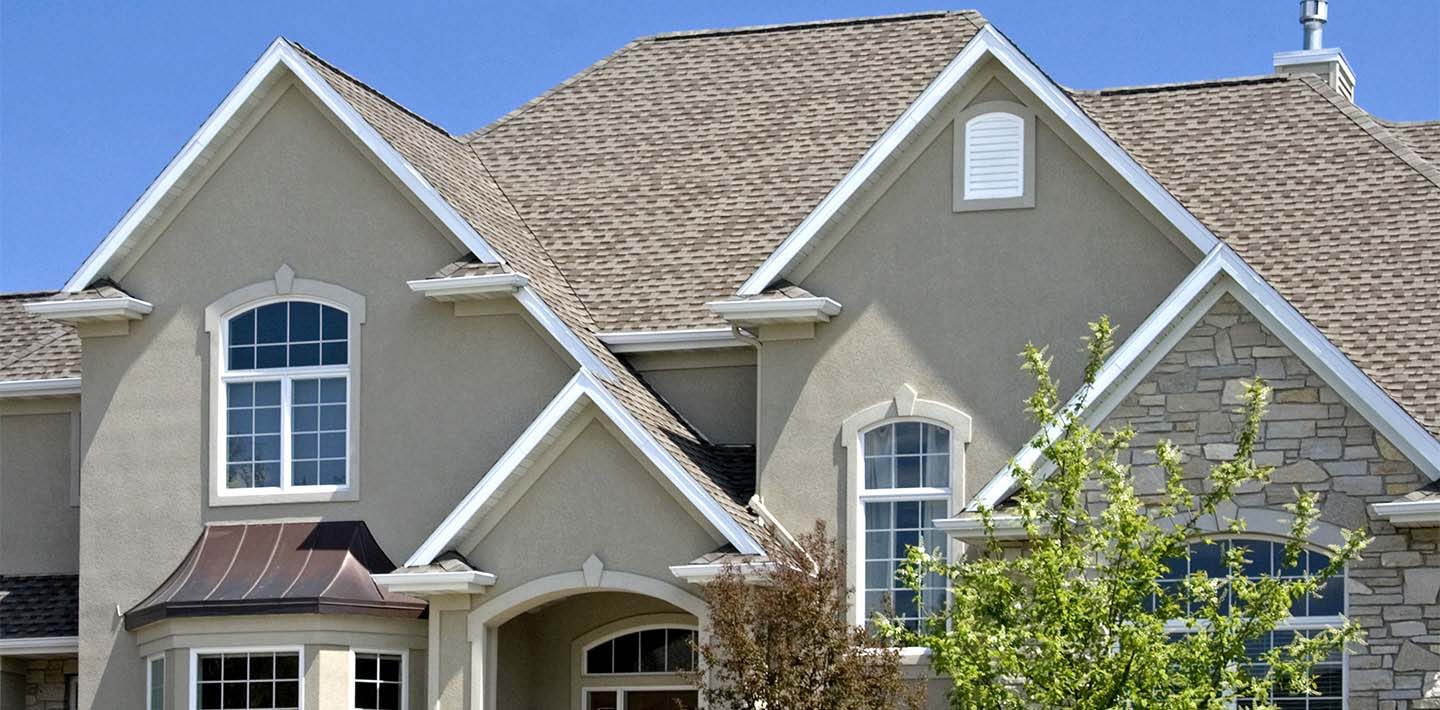
How to Install Thermally Modified Wood Siding (T&G)
Posted 4/8/2025 by Marketing
Edge’s Thermally Modified Wood Collection siding is one of the most durable, dimensionally stable wood products you can use on a project. But like all high-performance materials, it demands care and precision during installation. This guide walks you through the process for tongue and groove siding with the goal of long-lasting, beautiful results.
Let’s break it down from delivery to finish.

Step 1: Set Your Wood Siding Materials Up for Success
Before you install a single board, it’s important to understand that Thermally Modified Wood performs best when properly handled.
When your order arrives, make sure it’s stored at least 12 inches off the ground and protected from sunlight, moisture, and extreme temperatures. Ideally, keep it under cover. If that’s not an option, leave the unit wrap on and rewrap it after pulling boards.
Once you're ready to install, let the boards acclimate to your local climate for a minimum of 72 hours. Even thermally modified wood responds to humidity. This acclimation period helps prevent unwanted movement after install.
Tip: Check moisture content with a reader and avoid mixing boards with large moisture differences. It’ll save you from uneven gapping later on.
Step 2: Prep Your Wall the Right Way
Thermally Modified Wood siding should never be applied over wet sheathing. Your structure needs to be completely dry and wrapped with a quality moisture-resistant barrier. Flash all openings including windows, doors and penetrations, and tape seams per code.
To keep the wall cavity healthy and your siding dry, we recommend installing it over a rainscreen. Furring strips (spaced no more than 24" apart) create a ½" drainage gap that allows air to circulate and water to escape.
For vertical siding installs, you'll add a second layer of furring strips installed horizontally across the first. Always install insect screening at the bottom to keep bugs out of the drainage gap.

Step 3: Plan Your Wood Siding Orientation and Starting Point
T&G siding can be installed horizontally or vertically, and the install method changes slightly based on that orientation.
If you’re going horizontal, begin at the bottom of the wall and work your way up, with the groove edge facing down to shed water properly. If you're going vertical, start at one corner and move across the wall with the groove edge facing the adjacent wall. A level or plumb line helps keep that first board straight—don't skip this step.
Step 4: Use the Right Wood Siding Fasteners (and Techniques)
Thermally Modified Wood is more brittle than untreated wood, so predrilling is a must, especially at the board ends.
We recommend:
-
Stainless steel screws (Grade 304 for most applications, 316 for coastal regions)
-
#8 trim head screws or 6d nails that penetrate at least 1½ inches into framing
You have two options for fastening:
-
Face fasten: Use two fasteners per board at every stud
-
Blind fasten: For a cleaner look, fasten through the tongue on boards up to 6" wide (one fastener per bearing)
Whichever you choose, always fasten from one end to the other—never from both ends toward the middle, which can create tension in the boards.
.jpg?h=467&w=700&sc_lang=en&hash=5972E4277F1D3F031042E7885ABB9C31)
Step 5: Keep Your Clearances Clean
Proper clearances help prevent water damage and premature wear:
-
Leave ¼-inch gaps at the top and bottom of each siding run
-
Maintain 12 inches of ground clearance
-
Keep at least 2 inches above concrete or roofing
-
Avoid direct contact with masonry, patios, rigid foam, or other surfaces that retain moisture
Step 6: Seal Every Cut End
Anytime you make a cut, whether ripping a board, trimming an end, or adjusting for a window, you’re exposing the inner grain.
Make it a rule: every cut gets sealed.
Use a premium exterior-grade finish to protect against moisture intrusion and UV degradation.

Step 7: Wood Siding Finishing Touches
If you're working with our Natural Thermally Modified Wood, you can leave it unfinished and allow it to gracefully silver over time. But if you want to preserve the original tone, apply a UV-resistant tinted clear coat before the first winter. Reapply every 2–3 years to keep it looking fresh.
For prefinished boards, no additional finish is needed right away. But after 7–10 years (or sooner in high-UV regions) you can refresh the look with a premium water-based stain and a back-brushing technique.
Invest in the Details
Thermally Modified Wood is a premium cladding solution and it deserves premium craftsmanship. When installed properly, it delivers unmatched natural beauty and performance, year after year.
If you’re looking for additional installation insights or support on your next project, connect with our team or download the full installation guide below.
Download the TMW Installation and Maintenance Guide

.png?h=680&iar=0&w=680&sc_lang=en&hash=79655ADC9BABEB4D30FBF4E39EED2EB3)



.jpg?h=1642&iar=0&w=2500&sc_lang=en&hash=901076773141504B0ED783F50744C086)

